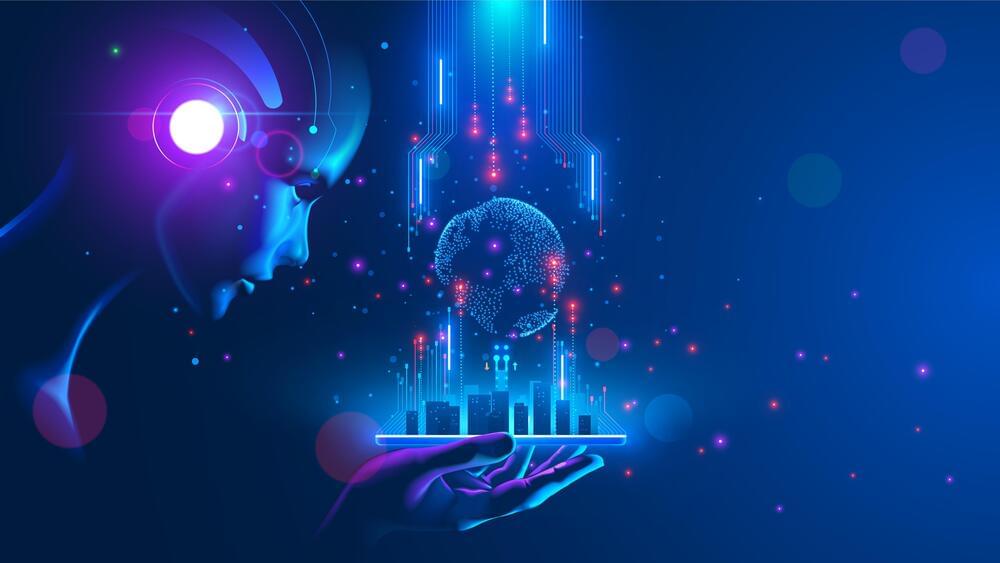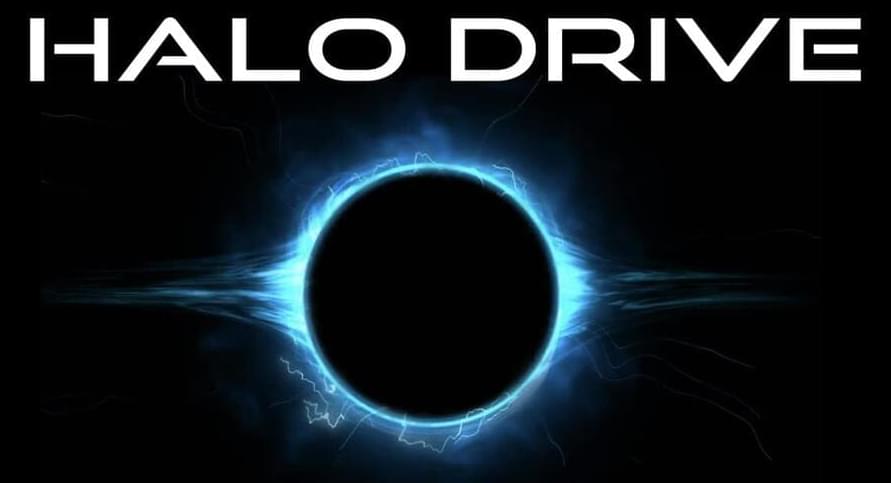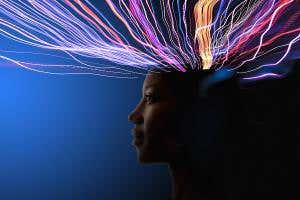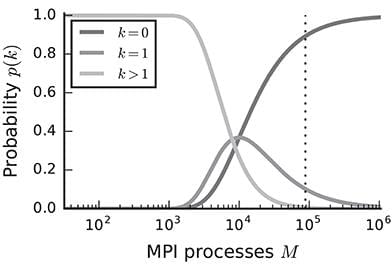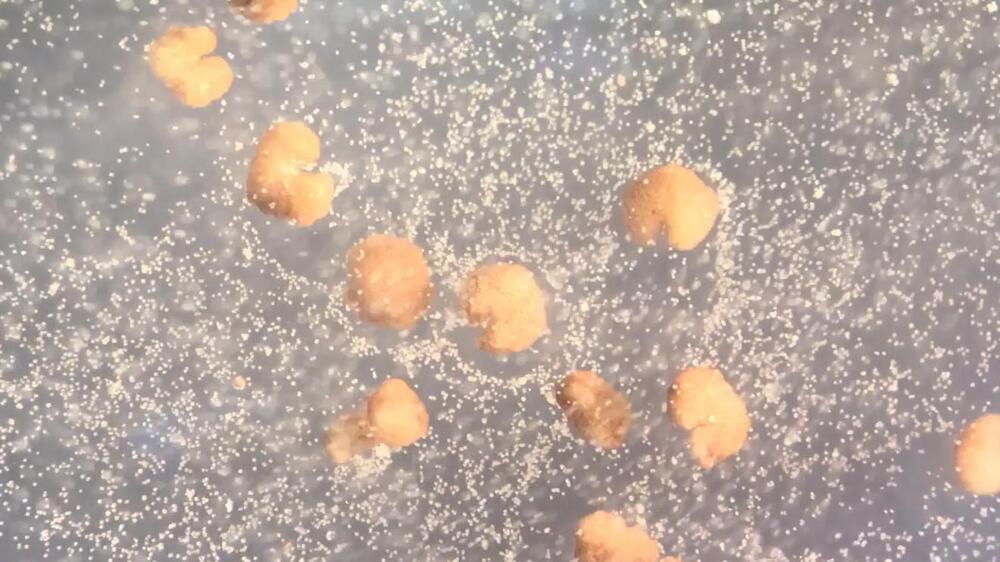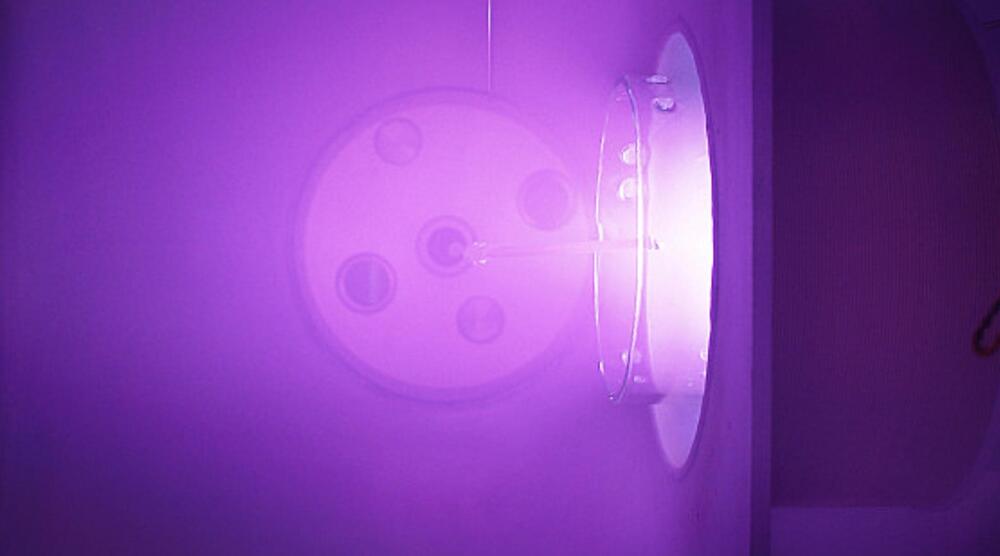Dec 13, 2022
4 Mind-Boggling Technology Advances In Store For 2023
Posted by Chuck Brooks in categories: augmented reality, bioengineering, biological, internet, robotics/AI, space
Kindly see my latest FORBES article:
In the piece I explore some of the emerging tech that will impact our coming year. Thank you for reading and sharing!
2022 was a transformative year for technological innovation and digital transformation. The trend will continue as the pace of innovation and development of potentially disruptive emerging technologies exponentially increases every year. The question arises, what lies ahead for tech for us to learn and experience in 2023?
Continue reading “4 Mind-Boggling Technology Advances In Store For 2023” »
